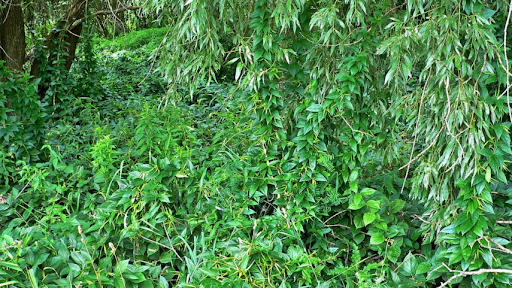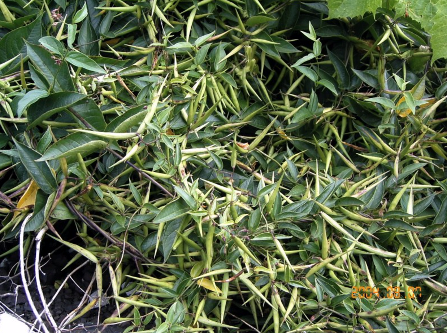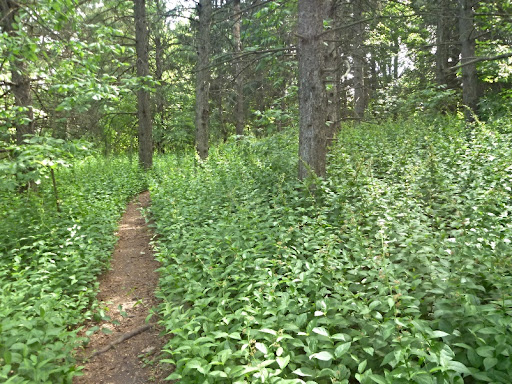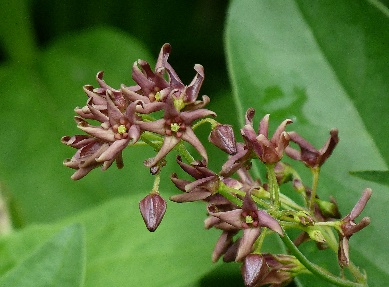Herbaceous vine growing 1-2 metres high and twining onto plants or trees. Leaves are opposite, oval with a pointed tip and 7-12 cm long. Star-shaped flowers bloom from late May to mid-July and have five petals 5-9 mm long with a pink to dark purple colour. Feathery white seeds are released in late summer from a yellow-green, bean-shaped seed pod 4-7 cm long. Dog Strangling Vine is a perennial, growing back from its well-established root system each year.
Prefers open sunny areas but can survive in light shade. Grows up to 2m high, wrapping itself around trees and other plants, or trailing along the ground. Dog Strangling Vine forms dense patches of vegetation that choke out many native species. It also impacts wildlife that rely on native species for food or breeding. The plant is difficult to destroy as it produces enormous amounts of seeds which are spread by the wind, and can also grow from root fragments. It is especially detrimental to Monarch Butterfly populations as they mistakenly lay their eggs on Dog-Strangling Vine which is not conducive to the larva completing their lifecycle and do not survive.
Dog Strangling Vine was imported from Europe with early settlers and introduced as an ornamental plant for gardens.

1-2 meters high twining onto plants or trees, purple star-shaped flowers.




Dog Strangling Vine does not actually strangle dogs, but strangles and kills trees and other plants.
Small populations of Dog-Strangling Vine can be pulled out by hand; larger populations should be treated
with herbicides. Treatment may need to be repeated over many years. Remove seedpods to prevent dispersal.
Rot plant material in black garbage bags in the sun prior to disposal in a landfill. If you spot this invasive species, report the location to iNaturalist, or directly to the NSISC.
Join our mailing list.